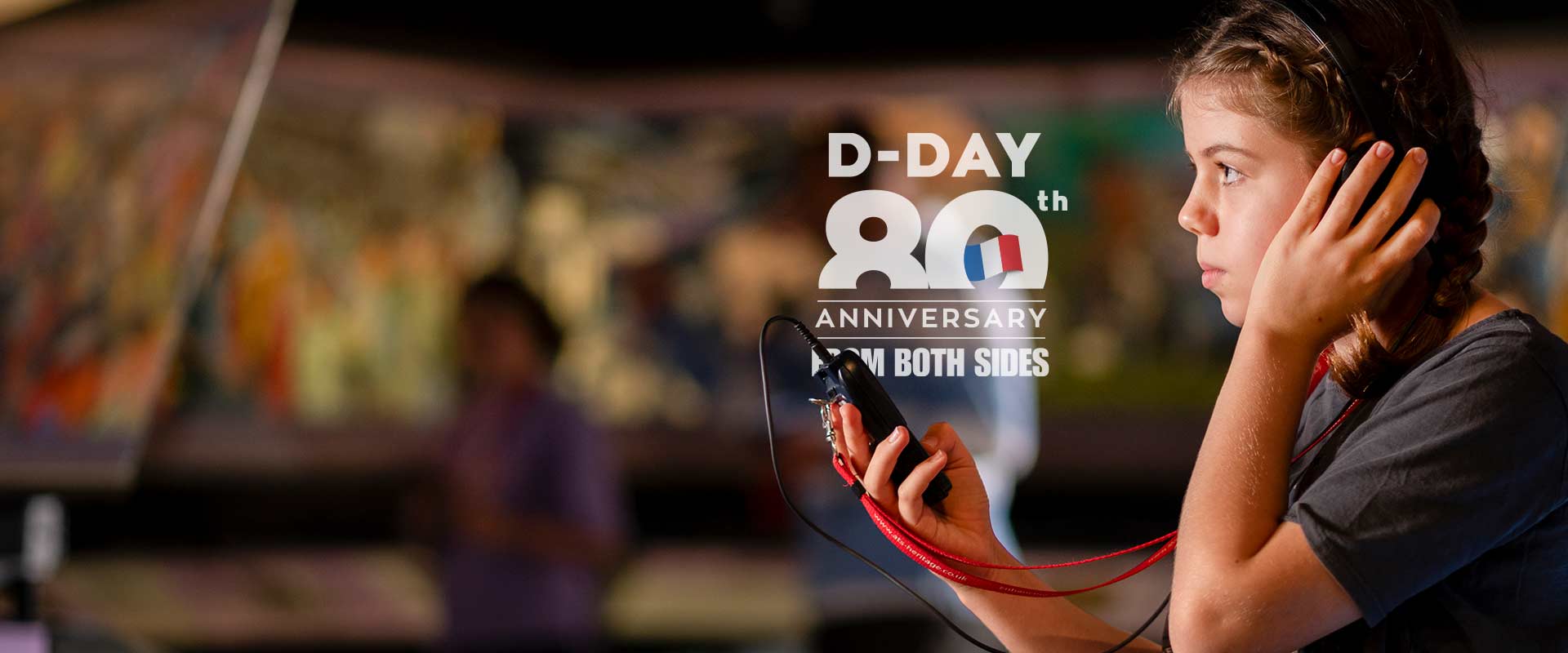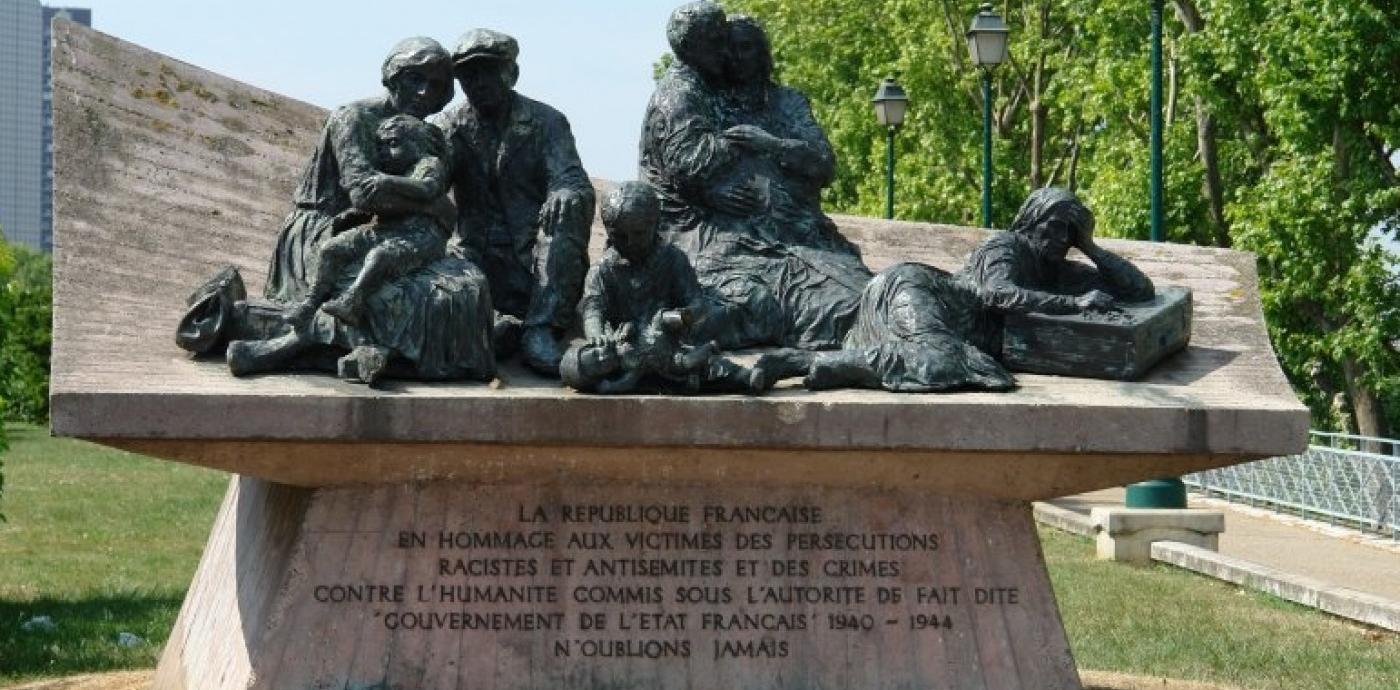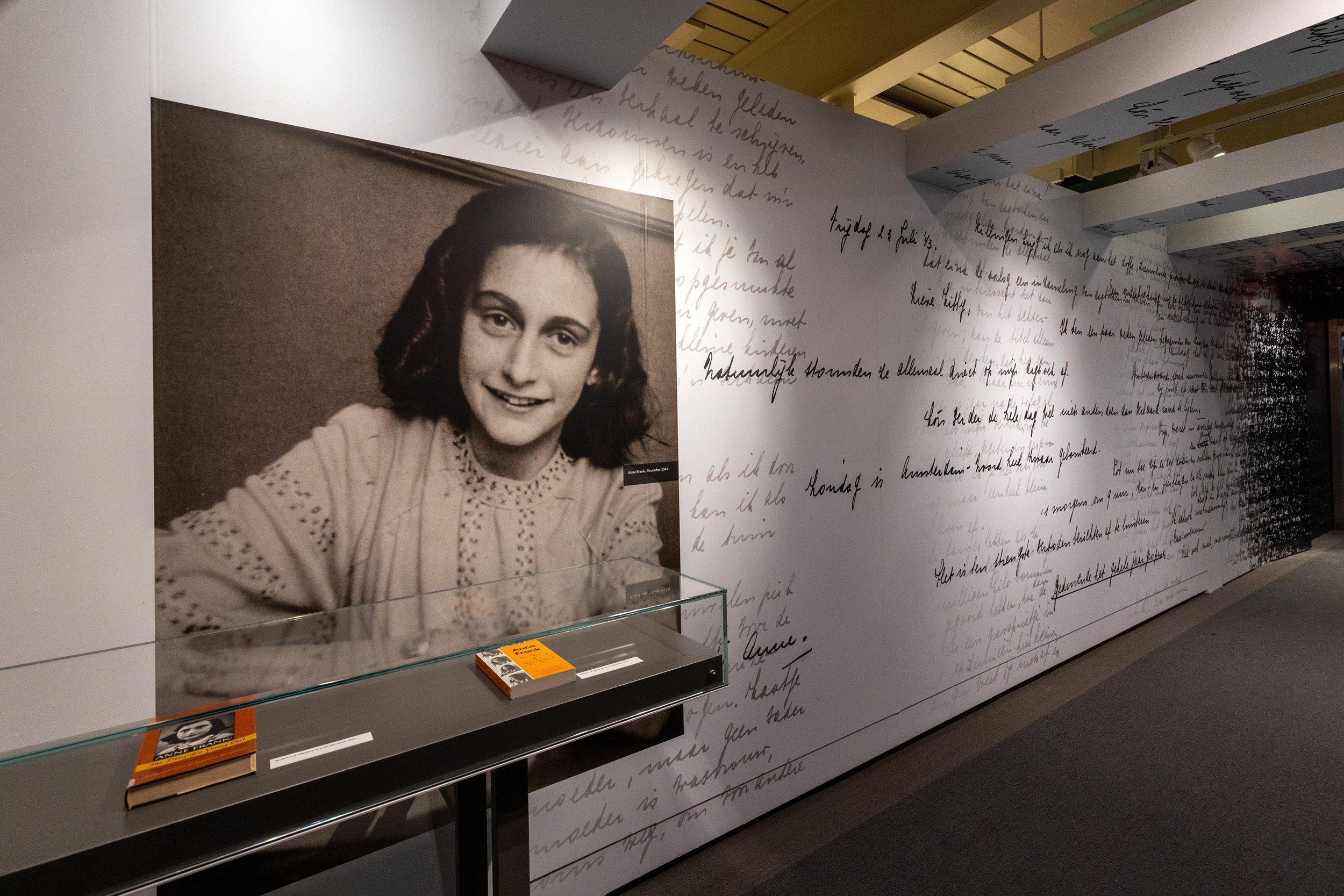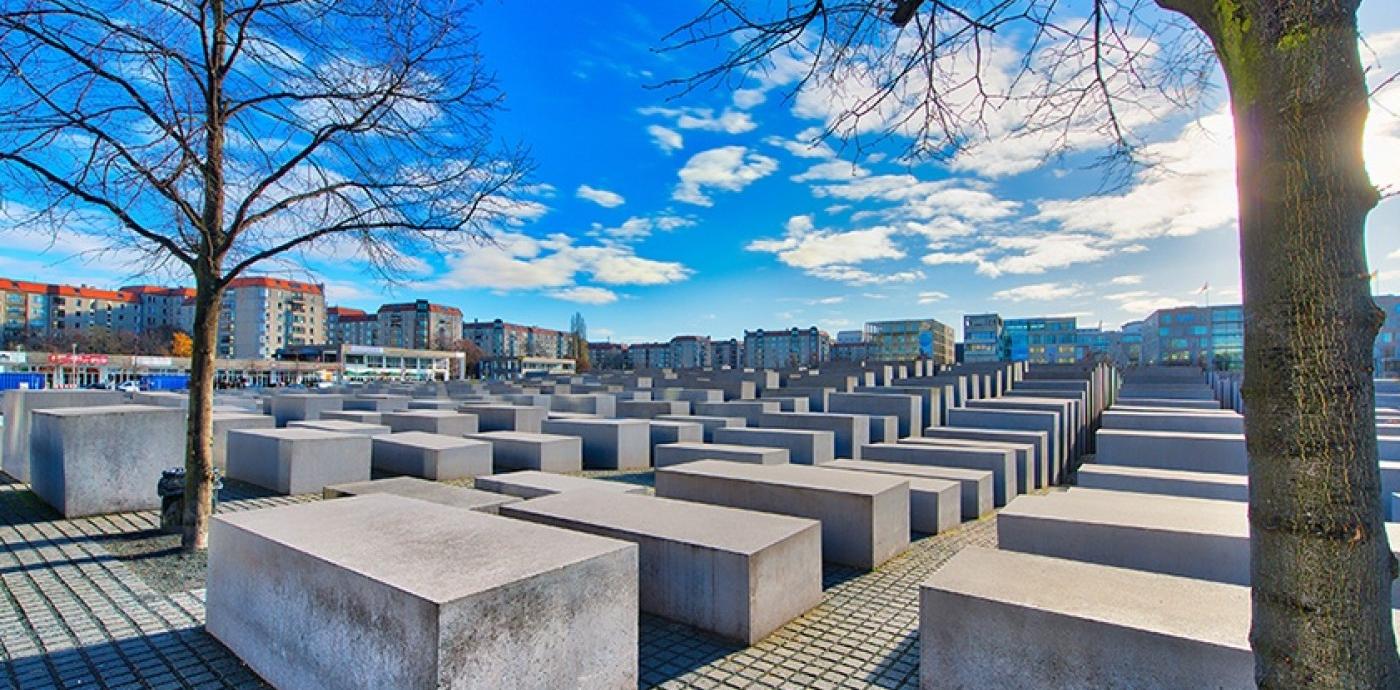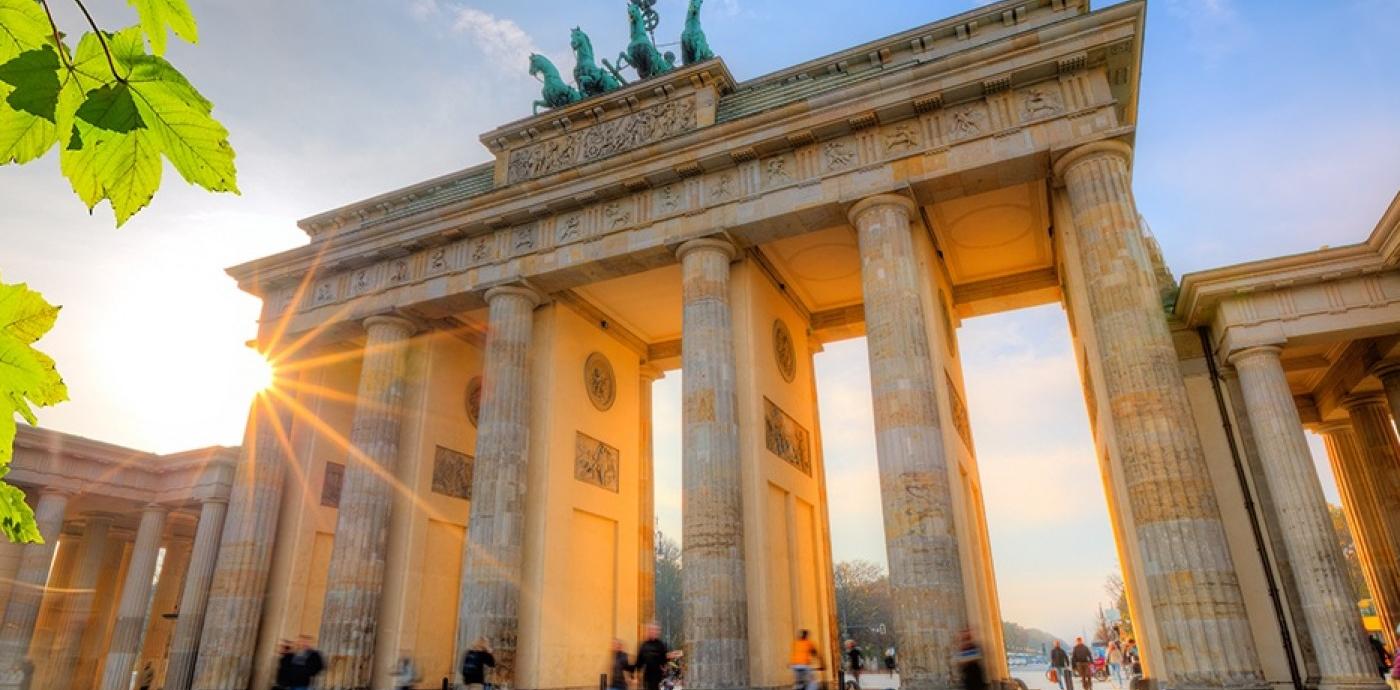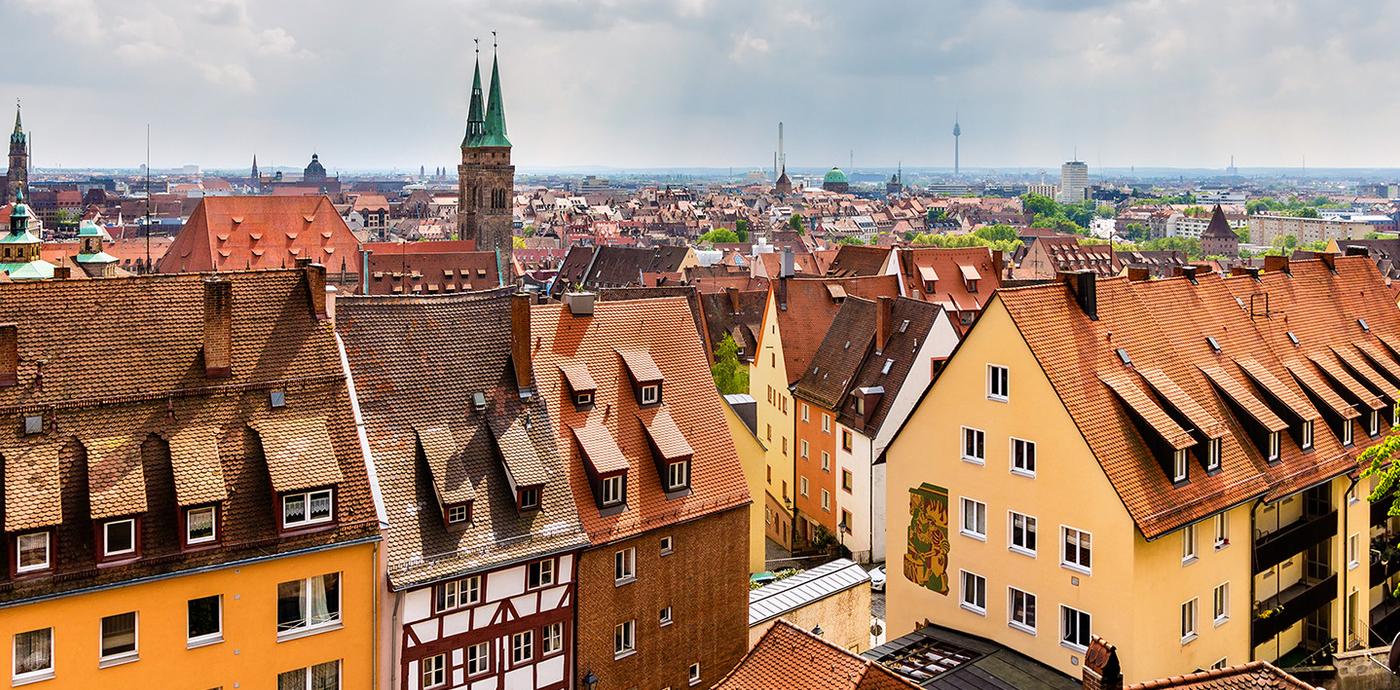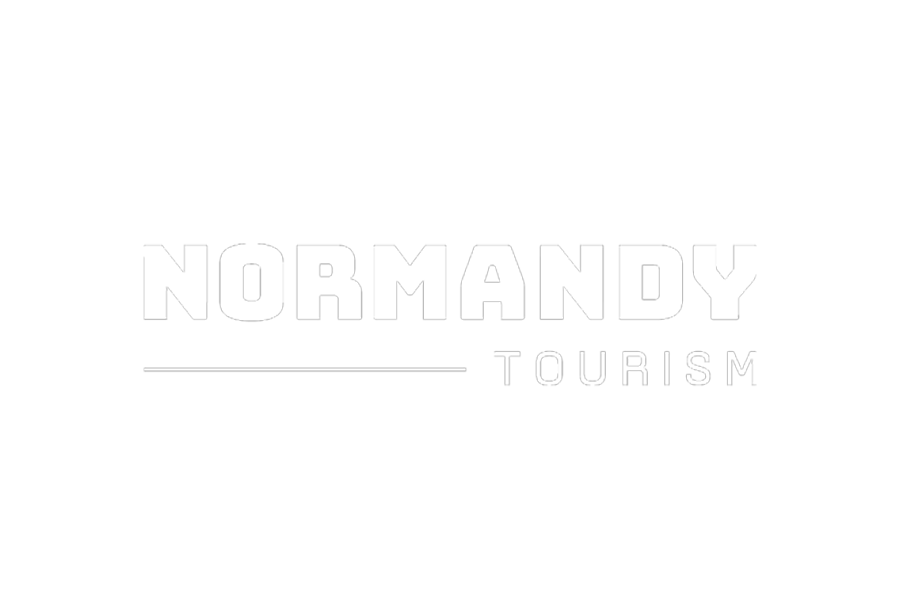History tour to Kraków by air: 4 days, 3 nights
This tour to Kraków is a perfect choice to aid students’ understanding of WWII, along with visits to sites such as Wawel Cathedral and the Salt Mines, which will give your young historians a valuable window into other areas of Polish history.
Similar tours
Suggested itinerary
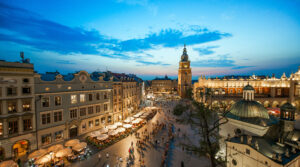
Day one
- Fly from the UK to Poland
- Transfer to accommodation
- Jewish Quarter, Kazimierz
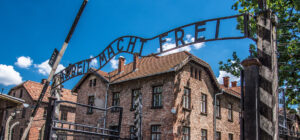
Day two
- Auschwitz and Birkenau
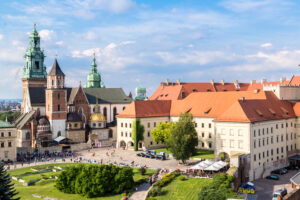
Day three
- Schindler’s Factory
- Wawel Cathedral with the Royal Tombs and Sigismund Bell
- Royal Chambers
- St Mary’s Basilica
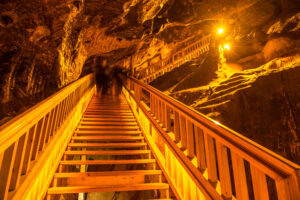
Day four
- Depart accommodation
- Wieliczka Salt Mine
- Transfer to Airport
- Fly back to the UK
Excursion locator map
Excursion Ideas
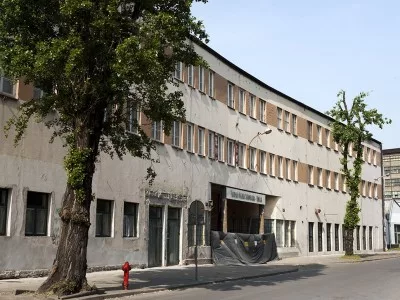
Schindler’s Factory
Subject range: History WW1
What you’ll experience: This is an experience not to be missed. Housed in the former factory of Oskar Schindler, this museum’s well-organised and innovative exhibits tell the moving story of the city from 1939 to 1945. Urban elements are recreated such as a tram carriage, a train station underpass and a crowded ghetto apartment. Oskar Schindler, his factory, and the fate of its Jewish workforce feature prominently being around a sixth of the museum’s permanent exhibition.
Select says: Look out for Schindler’s exactly preserved office.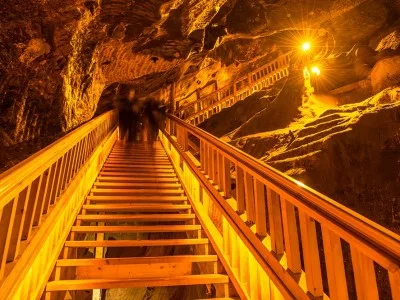
Wieliczka Salt Mine
Subject range: History
What you’ll experience: Situated some 13km south east of Kraków, salt was extracted here for 700 years. Spread over nine levels there is much to see. Visit the St Kinga Chapel which took 30 years to carve. Altars and statues are sculpted in the salt, making a fascinating pilgrimage into the past of a major industrial undertaking. It is also possible to book a miner’s tour so students can become miners for a few hours!
Select says: After sightseeing you can take a break in the chamber complex 125 metres underground where there are also souvenir shops.
St Mary's Basilica
Subject range: History
What you’ll experience: This a Brick Gothic church adjacent to the Main Market Square in Kraków. It was re-built in the 14th century (originally built in the early 13th century). The church has an impressive interior especially the stunning Gothic Altarpiece by Veit Stoss.
Select says: On every hour, a trumpet signal called the Hejnał mariacki is played from the top of the taller of St. Mary’s two towers. The tune breaks off in mid-stream, to commemorate the famous 13th century trumpeter, who was shot in the throat while sounding the alarm before the Mongol attack on the city.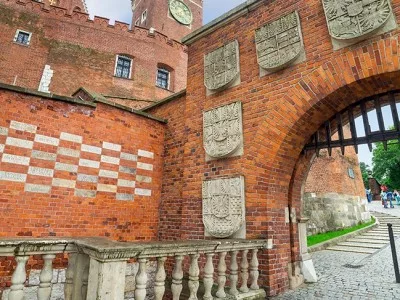
Royal Chambers
Subject range: History
What you’ll experience: The beautiful Gothic Wawel Castle in Kraków was built by Casimir III the Great, who reigned from 1333 to 1370. The Wawel Royal Castle and the Wawel Hill are the most historically and culturally important sites in Poland. For centuries the residence of the kings of Poland, the Castle is now one of the country’s best art museums.
Select says: There is a collection of Italian Renaissance paintings, prints, sculpture, textiles, goldsmiths’ work, arms and armour, ceramics, Meissen porcelain, and period furniture.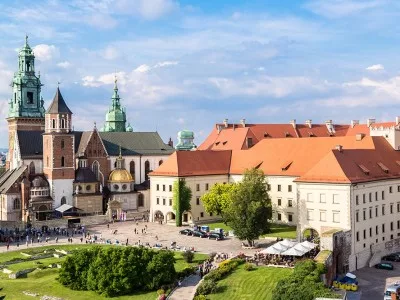
Wawel Cathedral
Subject range:
What you’ll experience: The first cathedral church at Wawel, probably built around the year 1000. An audio-guided tour around Wawel Cathedral and up the Sigismund Bell tower takes around 30 minutes, the Royal Tombs 10 minutes, and the Cathedral Museum around 20 minutes.
Select says: Although admission to the cathedral is free, tickets need to be bought to visit Sigismund Bell, Royal Tombs, and the Cathedral Museum.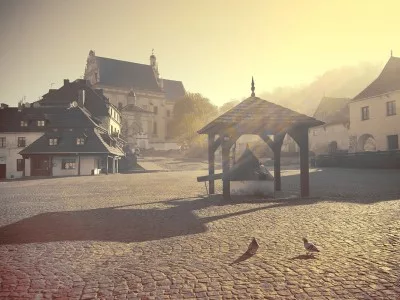
Sightseeing tour to Jewish Quarter
Subject range: History
What you’ll experience: This was the centre of Jewish life in Kraków for over 500 years, before it was systematically destroyed during World War II. Also known as Kazimierz, this was the area of the Jewish ghetto. Over 50,000 Jews from the city and surrounding areas were confined to 320 buildings around the Pac Zgody. A fragment of the original six foot high wall still remains. Many synagogues that were destroyed have since been replaced.
Select says: Rediscovered in the 1990s, thanks to the fall of the regime and worldwide exposure through the lens of Steven Spielberg, this is now Krakow’s most exciting district.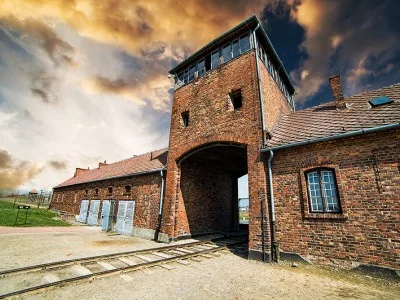
Auschwitz-Birkenau Memorial
Subject range: History
What you’ll experience: The camp is split over several sites, including Auschwitz-I, the original, smaller site, and Auschwitz-II Birkenau, the purpose-built death factory. Your guided tour will cover both sites and students will have headphones so that they can hear the commentary at every stage of the tour. A UNESCO World Heritage Site, the Auschwitz-Birkenau Memorial and State Museum is located in the Polish town of Oswiecim, just an hour’s drive from Kraków. At this site, chosen by the SS for no other reason than its convenient location at a railway junction, some 1.3 million people were systematically murdered between 1940 and 1945.
Select says: Morris Gleitzman’s series of books Once/Then/Now/After provide wonderful insights into this time through the eyes of children – we recommend these pre-tour to aid understanding through story.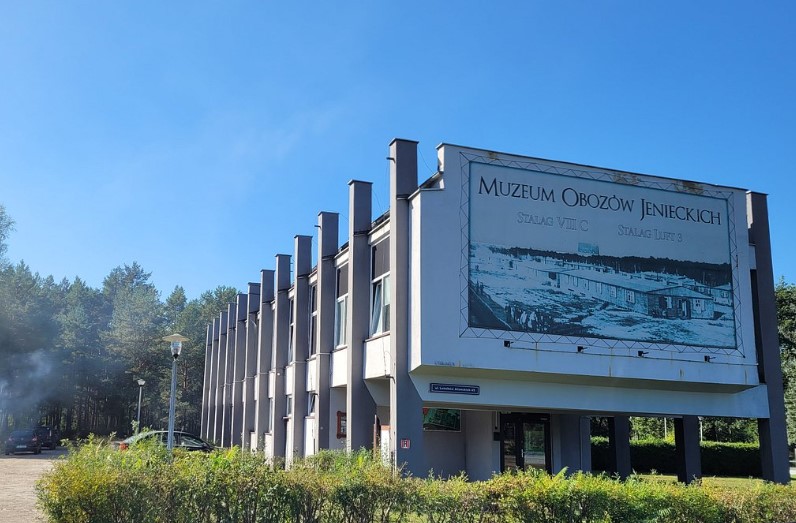
Obozow Jenieckich Museum - Stalag Luft 3
Subject range: History
The site of the former POW camp is now the ‘Stalag Luft III Prisoner Camp Museum’. Famously known as the site where ‘The Great Escape’ happened back in 1944, a fictionalised version of the escape was depicted in the film The Great Escape (1963), which was based on a book by former prisoner Paul Brickhill. The camp was liberated by Soviet forces in January 1945.
History trip to Kraków by air: 4 days, 3 nights Accommodation
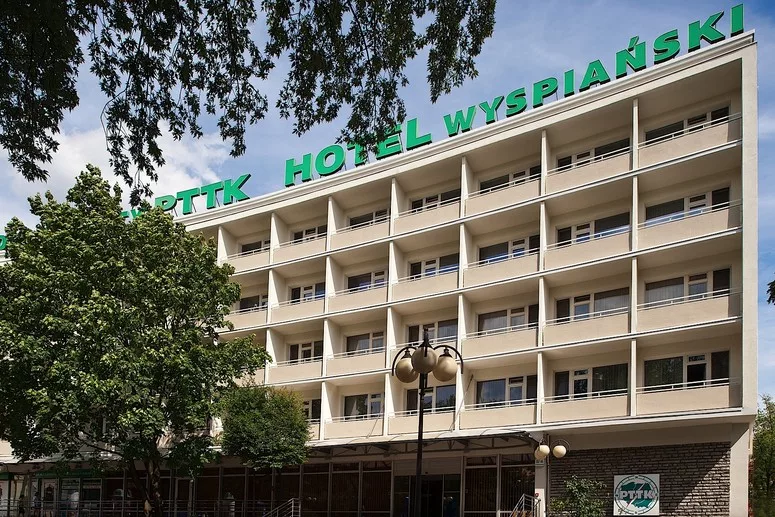
Hotel Wyspianski
Location: Krakow
Capacity: 516
In a great location 8 minutes’ walk from the old town and main square.
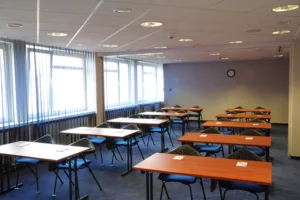
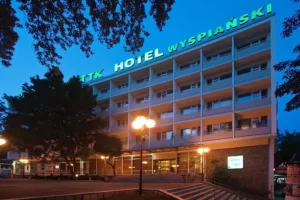
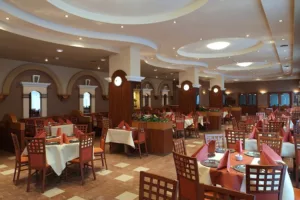
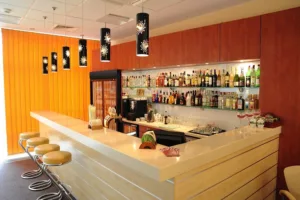
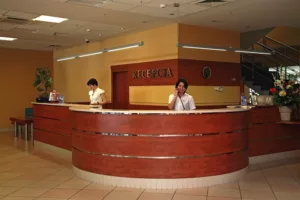
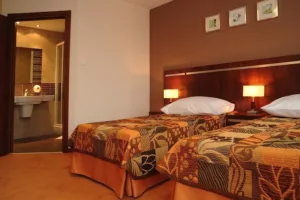
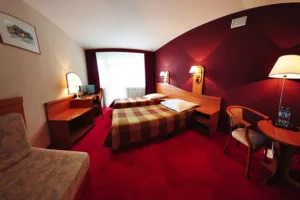
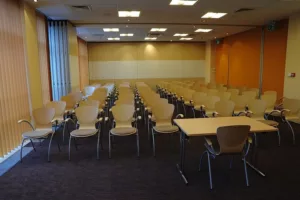
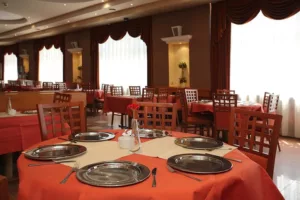
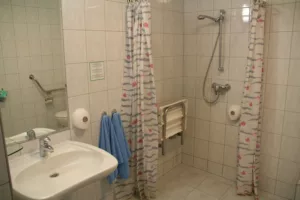
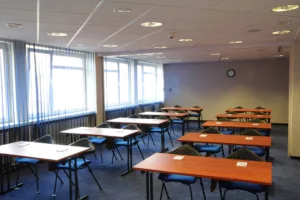
Rooms: Rooms: All rooms have en-suite facilities.
Facilities: Facilities: Restaurant, free Wi-Fi, games arcade.
Links to Learning
Learning areas:
At least one study of a significant society or issue in world history and its interconnections with other world developments – for example, Changing Russian empires c.1800-1989
GCSE
AQA – Germany, 1890–1945: Democracy and dictatorship
AQA – Conflict and tension between East and West, 1945 – 1972
Edexcel – Superpower relations and the Cold War, 1941 – 1991
OCR – Germany 1925–1955: The People and the State
OCR – Poland 1956–1990: The People and the State
OCR – International Relations 1918-75
OCR SHP – Living under Nazi Rule, 1933–1945
WJEC – Germany in Transition, 1919-1939
CEA – Life in Nazi Germany 1933 – 1945
SQA Natioanl 5 – Hitler & Nazi Germany 1919 – 1939
SQA Natioanl 5 – WWII 1939 – 1945
SQA National 5 – Cold War 1945 – 1989
History A and AS-Level (KS5)
AQA – Democracy and Nazism: Germany, 1918–1945
AQA – The Cold War, c1945–1991
AQA – The quest for political stability: Germany, 1871–1991
Edexcel – Germany and West Germany, 1918– 1989
Edexcel – Germany, 1871–1990: united, divided and reunited
OCR – The Cold War in Europe 1941–1995
OCR – Democracy & Dictatorship in Germany 1919 – 1963
WJEC – Germany – Democracy to Dictatorship
WJEC – Changing Leadership & Society in Germany 1871-1989
CEA – Germany 1919 – 1945
CEA – Clash of Ideologies in Europe 1900 – 2000
SQA – Cold War 1945 – 1989
Pre U – European History 1774 – 2000
Pre U – Nazi Germany 1933 – 1945
Select Extras:
Have you thought of suggesting a relevant story to your students pre-tour? We highly recommend Once by Morris Gleitzman a story about a Jewish boy, Felix who lived in Poland and is on a quest to find his book-keeper parents after he sees Nazis burning the books in the Catholic Orphanage in which he is staying. We also recommend WWII related books/films The Book Thief and The Boy in the Striped Pyjamas.
Try the resource ‘Time for Kids’ for a history timeline and more:

